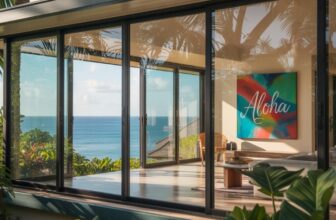5 Things to Consider When Choosing High Security Fencing
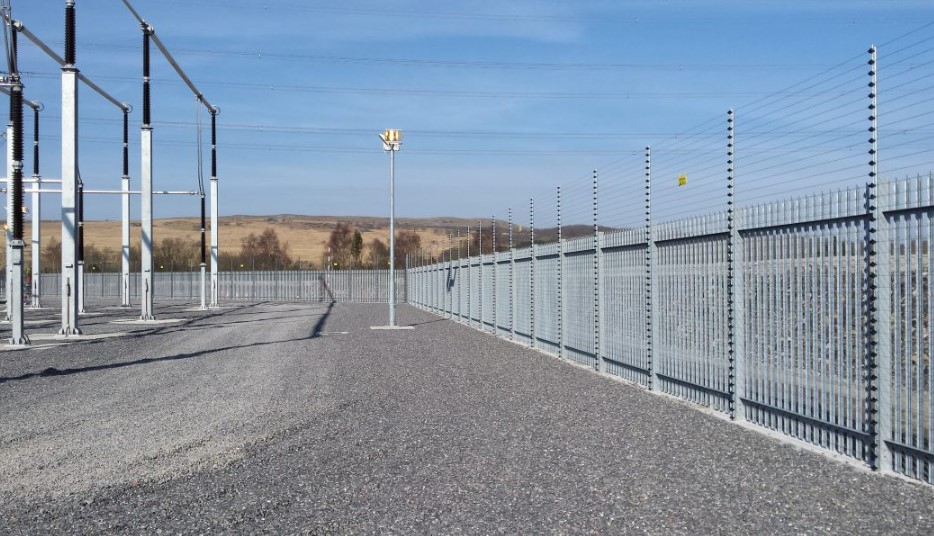
When it comes to protecting your property, whether it’s a commercial facility, a government building, or another high-value asset, selecting the right high-security fencing solution is paramount. The right fence should not only deter potential intruders but also help to provide peace of mind for you and your business.
Here are five crucial factors you should always consider when choosing high-security fencing to help protect what matters to you the most.
1. Security Level Requirements
You should always start by assessing the level of security that your premises may require. This can vary greatly depending on the type of premises and the assets it contains.
To properly assess the security level required for your property, you can start by asking yourself the following questions:
- What are you protecting? (e.g., valuable assets, sensitive information)
- What are the potential threats? (e.g., vandalism, theft, unauthorized access)
- How high is the risk of these threats occurring?
- Are you required to meet any industry or governmental standards regarding the protection of your assets?
The above questions will help you in determining the right level of security for your premises. Some manufacturers will offer a range of high security or security rated fencing solutions such as steel palisade and mesh fencing products that have been designed and tested against various industry standards. Investing in these types of fencing solutions can be a wise decision should you require higher levels of security.
For lower and medium-risk installations, traditional steel palisade and welded wire mesh fencing products might suffice as they can both offer good levels of perimeter protection.
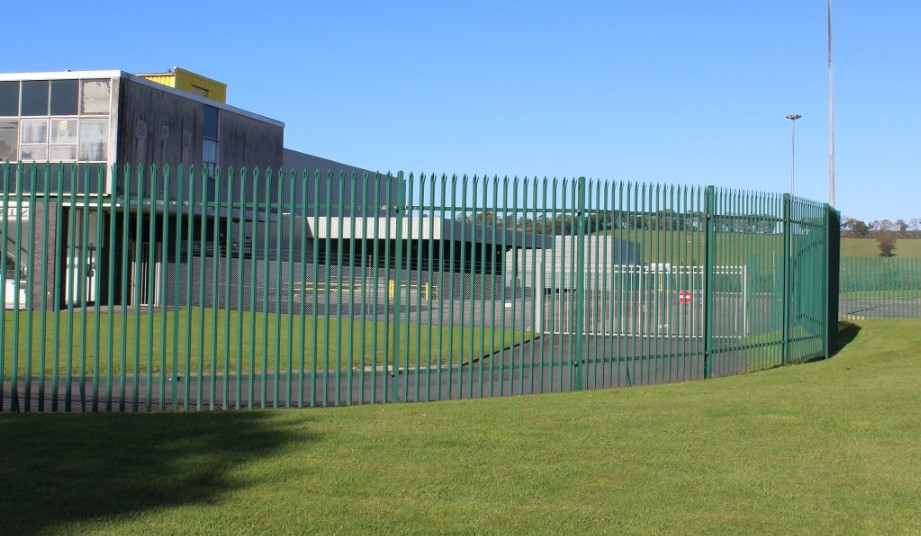
2. Material and Durability
The material of the fencing you choose will play a significant role in its effectiveness and longevity. Common materials used today include the following:
- Steel – Highly durable and resistant to cutting and tampering, steel is ideal for high-security fencing and can be treated to resist rust and corrosion through the galvanising or powder coating process.
- Aluminium – Lightweight, corrosion-resistant, and relatively strong, aluminum is a good option for coastal areas where steel might rust.
- Vinyl-Coated – Vinyl-coatings can provide additional protection against the weather and corrosion. It also provides a more aesthetically pleasing finish.
Consider both the security and environmental conditions of your location when choosing the material for your fence. This will help to ensure both adequate protection and long-term durability.
3. Design and Features
The design of the fence is another crucial aspect that you should consider. High-security fencing often combines different features such as:
- Anti-climb – Fences designed with pointed tops, angled sections, small apertures, or additional barbed wire can make climbing difficult. Some products may be treated with anti-climb paint to offer additional protection.
- Anti-cut – Mesh fences with smaller apertures or reinforced steel structures on a palisade fence can make it challenging to cut through.
- Height – The height of the fence can deter intruders; higher fences are more difficult to scale.
- Visibility – Some fences offer better visibility than others, which can be beneficial for surveillance purposes. For example, palisade and mesh fencing allows you to see both inside and outside of the premises, helping to identify threats on both sides of the boundary.
- Security system integration – Consider whether the fence can be integrated with additional security systems such as CCTV cameras, motion sensors, and alarms. These can help provide a multi-layered approach to perimeter security.
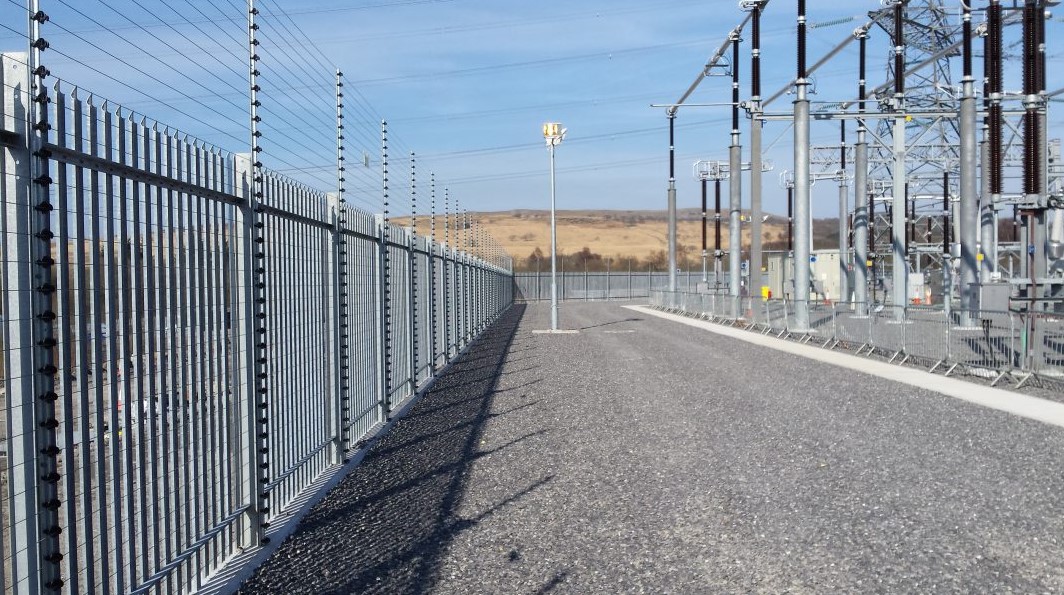
4. Compliance with Regulations
Ensure that your chosen fencing complies with local building codes and regulations. Some areas have specific requirements regarding the height, material, and design of security fencing. Non-compliance can lead to legal issues and potential fines, and you may even be forced to remove the fence.
Consult a fencing contractor who is knowledgeable about local regulations to ensure your fence meets all necessary standards. Additionally, some industries may have specific security guidelines (e.g., energy, transportation, and government sectors) that your fencing must adhere to. Again, a qualified fencing contractor or manufacturer of high-security fencing products should be able to help you with this.
5. Cost and Maintenance
Budget is always a consideration, but it’s crucial to balance cost with the security requirements of your premises. While higher-quality materials and advanced security features may have a higher upfront cost, they can provide better protection and lower maintenance costs over time, so be sure to weigh up your options by considering the following:
- Initial installation costs ─ Include materials, labor, and any necessary permits.
- Long-term maintenance ─ Choose materials that require minimal maintenance whilst also being able to withstand your local environmental conditions.
- Repair costs ─ Factor in the ease and cost of repairs if the fence is damaged in some way.
A well-maintained fence not only ensures continued security but also prolongs the lifespan of your investment.
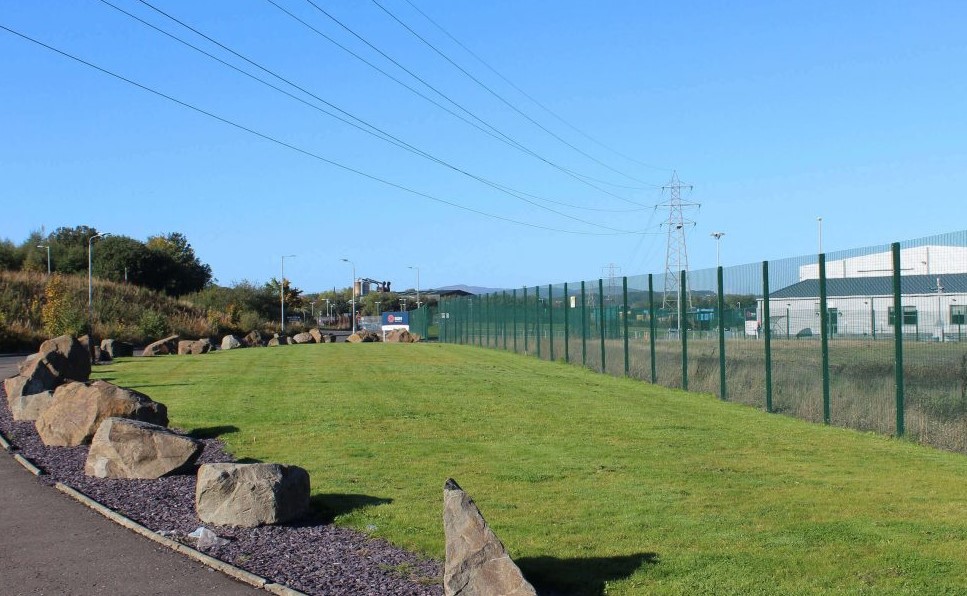
Conclusion
Choosing the right high-security fencing involves careful consideration of your security needs, material durability, design features, regulatory compliance, and cost. By evaluating these factors, you can select a fencing solution that provides the right level of protection for your property, resulting in peace of mind.
Remember, investing in high-quality, secure fencing is an investment in the safety and security of your property and its assets.



